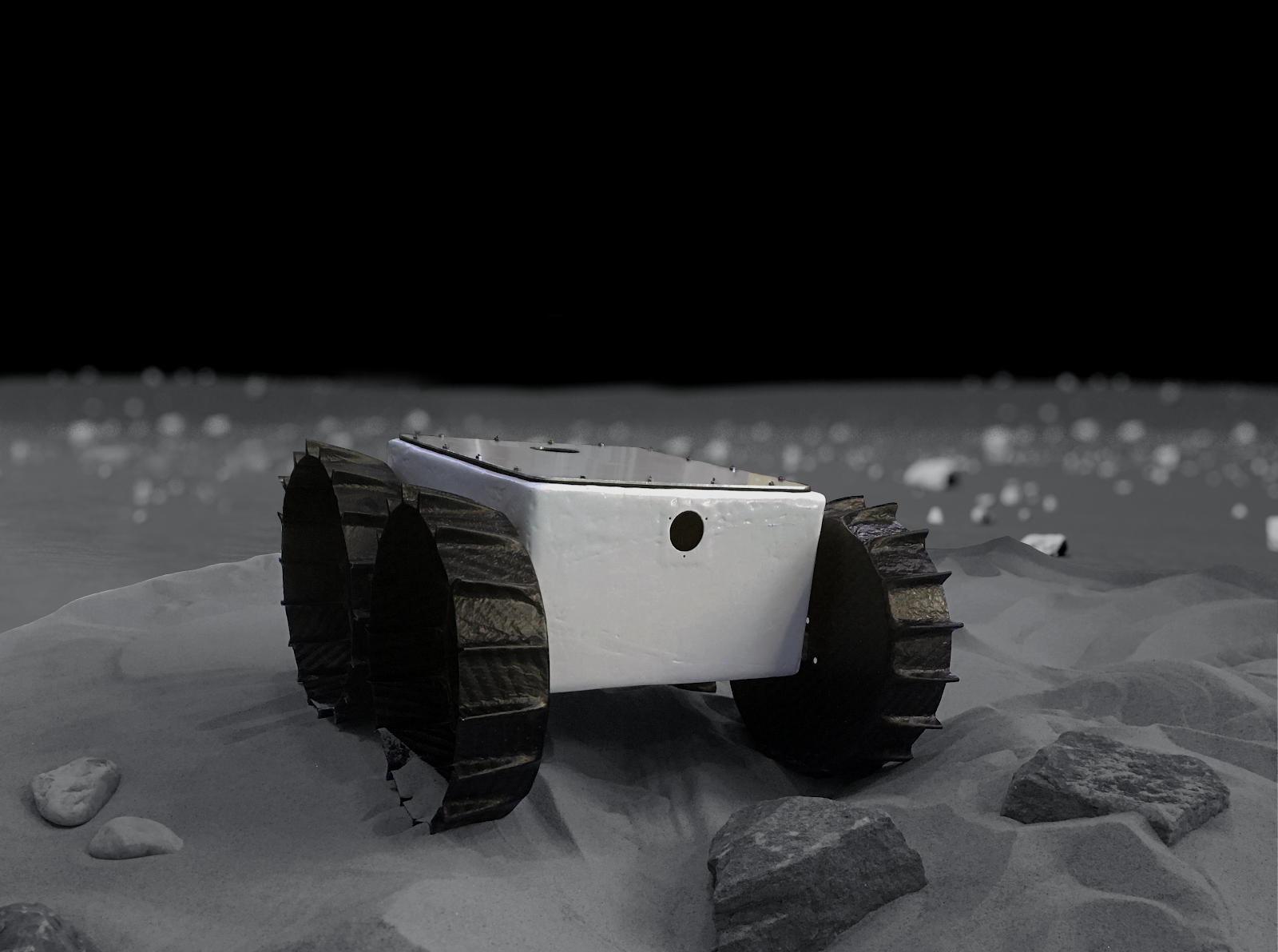Tiny, simple moon rovers will bring cubesat science to the lunar surface

Cubesats have revolutionized orbital science, and a roving counterpart may soon do the same for surface science, beginning on the moon.
Next year, as part of NASA's lunar delivery orchestrated by the Pennsylvania-based company Astrobotic, the agency will launch a small rover to begin that revolution. That rover is called Iris and is the first of a new, small and simple design called CubeRovers to hearken back to cubesats. These orbital predecessors are small, semi-standardized spacecraft that are cheap to build and launch.
NASA, Astrobotic and Carnegie Mellon University in Pittsburgh are all taking part in the CubeRover project targeting a 2021 launch date as part of the agency's overall Artemis program, which aims to land humans on the moon in 2024. However, Iris would fly on a private delivery run, rather than an Artemis mission launched by NASA.
Related: Amazing moon photos from NASA's Lunar Reconnaissance Orbiter
"For such a tiny rover, Iris has a big mission to lead America back to the moon, and I'm so proud to lead this team of passionate students who are paving the way for future planetary robotic exploration," Raewyn Duvall, deputy program manager for Iris and a doctoral student at Carnegie Mellon, said in a statement. "We're all excited for Iris's launch, to drive a rover on the lunar surface, and to see what we can discover!"
Iris is about the size of a shoebox, according to a NASA statement, and weighs less than 5 lbs. (2.3 kilograms). It travels on four wheels.
If all goes well, the rover will drive about 160 feet (49 meters), approximately the width of a football field, a journey that should tell engineers more about how best to travel over the moon's dusty surface. The drive will take the rover far enough away from its landing site to study how the landing itself alters the surface of the moon.
Breaking space news, the latest updates on rocket launches, skywatching events and more!
It will also, of course, snap at least one photo to send home to Earth. Iris is also designed to support other science and technology payloads on the surface with power, portability and communications.
Along with 11 NASA payloads and a handful of other private payloads, Iris will be packed onboard Astrobotic's Peregrine lander for a 2021 launch on a United Launch Alliance Vulcan Centaur rocket.
Email Meghan Bartels at mbartels@space.com or follow her on Twitter @meghanbartels. Follow us on Twitter @Spacedotcom and on Facebook.

Meghan is a senior writer at Space.com and has more than five years' experience as a science journalist based in New York City. She joined Space.com in July 2018, with previous writing published in outlets including Newsweek and Audubon. Meghan earned an MA in science journalism from New York University and a BA in classics from Georgetown University, and in her free time she enjoys reading and visiting museums. Follow her on Twitter at @meghanbartels.
